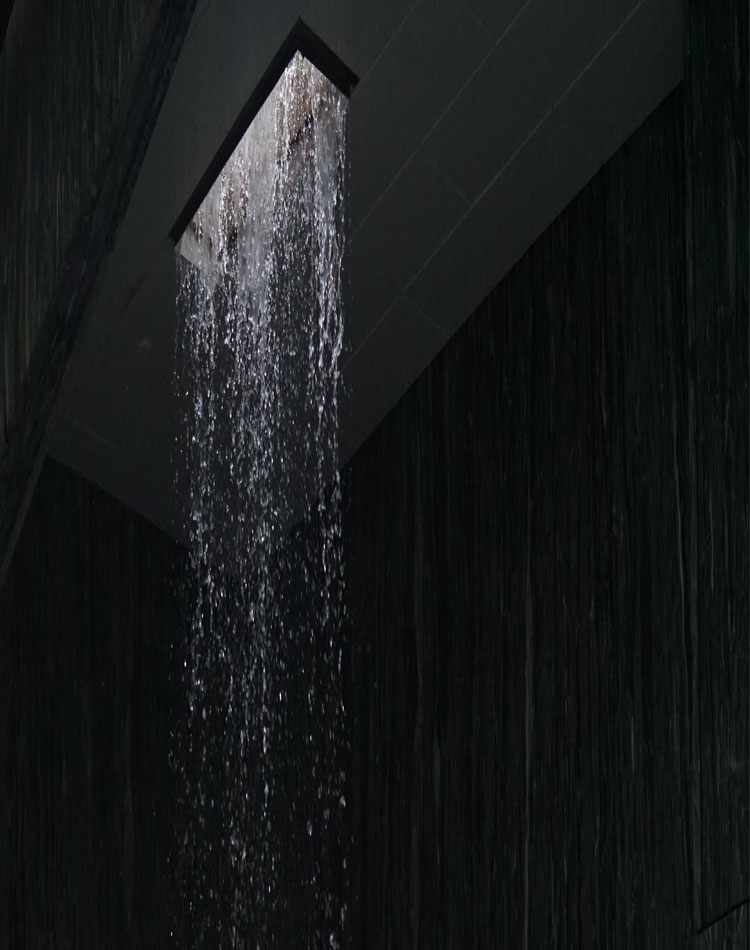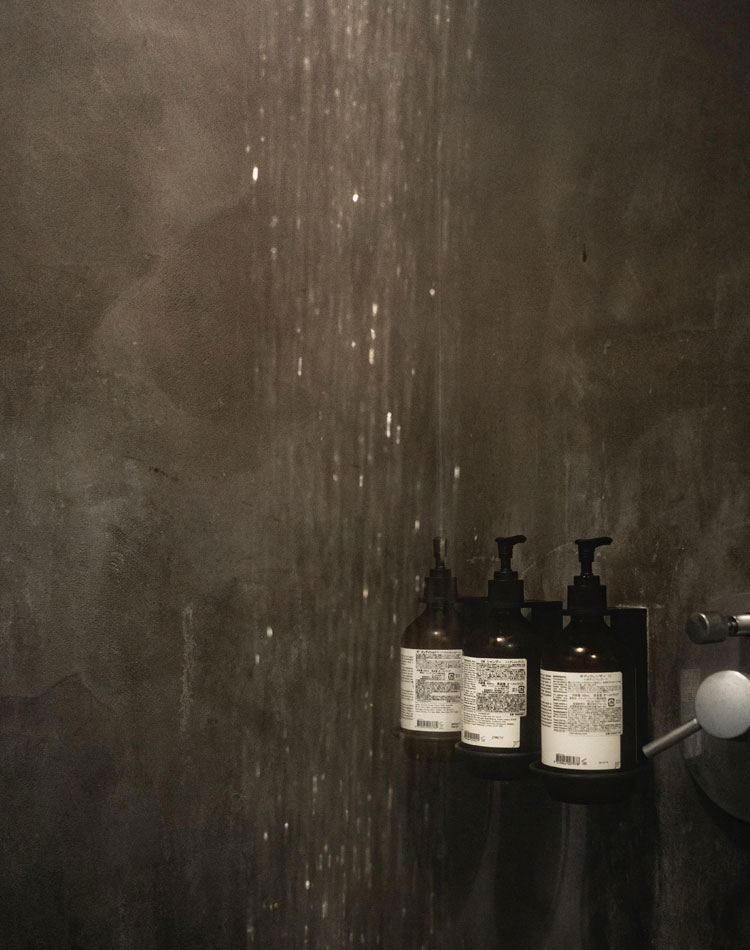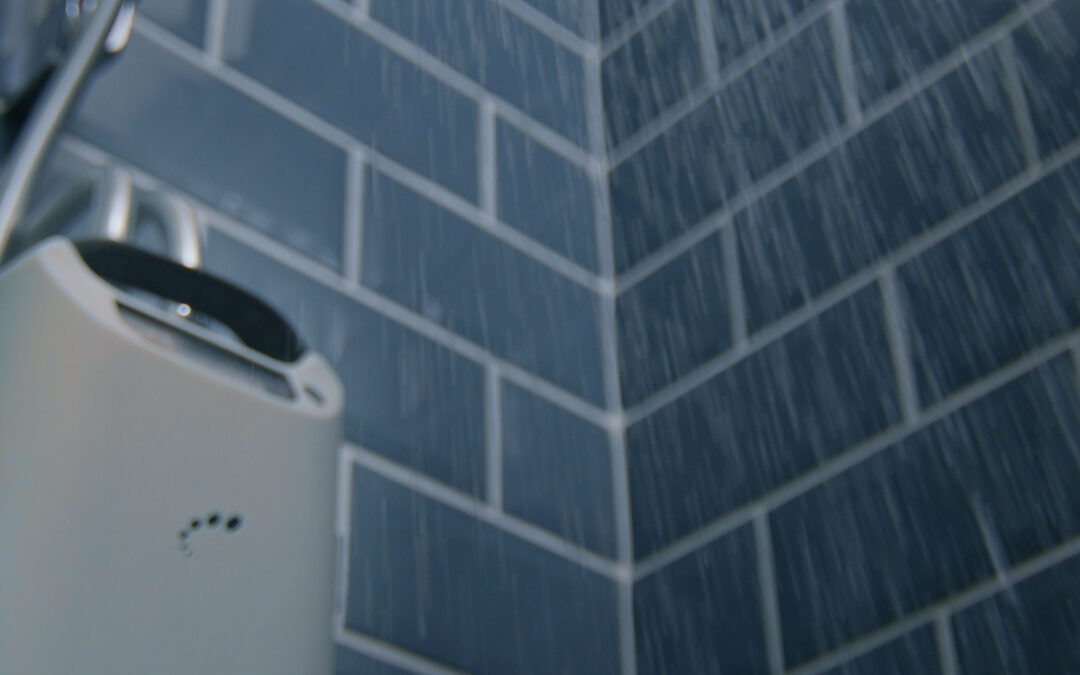The Benefits of Cold Showers for Effective Muscle Recovery
The benefits of cold therapy or ‘cryotherapy’ for muscle recovery and fatigue relief have enjoyed sustained popularity with sportsmen through the ages, despite only being recently validated in proper scientific research. After all, cold therapy as a powerful natural health therapy is practically immortalized in one of the oldest existing medical literature.
Habitual use of cold water at around 8-14 °C after exercise has been linked to reduced injury recovery times when compared to simple rest. 1 For athletic individuals, this is both a preventive and treatment approach that may result in less post-workout fatigue, muscle soreness, and overall faster rates of regaining physical wellness. Although research hesitates to ever give a final verdict conclusively in favor of cold showers, the conversion rate from neutral skeptic to avid proponent remains high for most people who get introduced to the habit.
A Sportsman Habitual of Cold Showers is a Force of Nature
There is no greater asset to an athlete than their body and its wellness. Training to optimize your performance goes hand in hand with looking after your body’s recovery needs in between training sessions. We all love a scene in a sports documentary, or some biopic about a pro athlete’s journey, where the angsty hero enjoys a cold shower after an intense workout. Modern science now tells us that the recovery and restorative effects of cold showers go much deeper than mere cinematics – right into your tissues, blood vessels, and circulatory apparatus, in fact. 2
Sports medicine experts routinely prescribe cold immersion and ice massages to aid recovery after heavy exercise. Still, there is a lack of universal guidelines that may hamper the effectiveness of such therapy. There has been a promising upsurge in studies substantiating the use of cold showers for pro athletes and sportspeople, suggesting that proper evidence-based recovery regimens built around this natural health therapy may just be a groundbreaking strategy for professional athletes.
How to Incorporate Cold Therapy into Your Daily Routine
It’s hard not to think of action heroes submerging themselves in ice baths when you hear the words ‘cold therapy’, but for most of us, it doesn’t have to be that extreme. A Cold shower – or CryoShower – is a modification on the same principles that adapts them to a more applicable, efficient, and sustainable standard.
Cold therapy can be applied through the following methods:
- Cold Showers or CryoShowers
Most health experts recommend a gradual approach to cold showers. It is a habit that one needs to ease into. There are physiological responses associated with exposing yourself, especially in the form of ‘immersion’ therapy, to colder temperatures. Namely ‘cold shock response’ and the ‘diving response,’ these involuntary responses affect your breathing, heart rate, and blood pressure. 3
The idea behind recommending a gradual approach to having CryoShowers is that the human body needs first to build up the capacity to tolerate intense cold therapy in order to start reaping its benefits. Any sudden changes may do more harm than good. One study tested this habituation potential by having people take CryoShowers between two separate cold-water bath sessions. After habituation with repeated cold showers, participants had easier breathing for the second immersion session as compared to the first. Voila, tolerance! 4
Think of cold therapy as being on a continuum between short cold showers to full-blown ice baths. As with any other form of training or conditioning exercise, you slowly crank up the level of applied resistance/challenge, pushing yourself further and further to observe incremental positive growth in your desired health outcome – in this case, longer, colder and more frequent CryoShowers may make for increasingly reduced exercise recovery times.



- Ice Massage
Whereas cold water immersion may be better for generalized muscle fatigue than both contrast water therapy (alternating hot and cold water in the shower) and costly whole-body cryotherapy gaining widespread popularity these days, one study testing different techniques for different kinds of post-training aches and pains surmised that ice massage is an excellent way to treat local muscle fatigue. 5,6,7
The Right Dose: Temperature, Duration, and Frequency
To derive maximum benefit from cold therapy, the ideal way is to include a structured routine of cold showers as part of your post-training recovery habits. Such a proactive approach to preventing outsized injury and facilitating timely recovery in between sessions allows a professional to sustain an optimal performance without having to take prolonged breaks or hiatuses due to some sudden injury. As sportsmen, after all, your bodies are the most important and valuable career investment you can make.
Study 1: Scientists attempting to find a right ‘dose’ of cold therapy undertook a study in which 50 participants were enrolled and assigned to three groups based on how much time they had to spend in 10 °C (or lower) cold water after a workout. 8 They found that the subjects who spent 10 minutes in 6 °C water experienced the greatest relief, measured in terms of how sore they felt afterward, or how much they could stretch their muscles. For the most part, however, all groups experienced a similar level of recovery. It can be concluded that temperatures around 10 °C or lower are ideal for muscle recovery.
Study 2: The conclusion is further strengthened by findings from another study that tested 60 male participants with different experimental post-exercise recovery methods. Those who were assigned cold therapy (two groups, each using cold water at 9 °C and 14 °C for 15 minutes, respectively) had significantly better muscle recovery than those whose post-recovery regimens did not include the cold-water technique. Levels of recovery and muscle damage markers were measured for up to a period of 4 days after the exercise, and cold therapy with 14 °C water showed the earliest recovery of muscle strength. 9
Still, data on the optimal temperature, frequency, and duration of cold therapy to be applied is limited. Much of the research that exists is nascent and comes from experiments on small sample sizes of athletes.
Because developing concrete and universal guidelines on implementing cold showers in recovery routines is still an ongoing process. Many trainers and sports coaches prescribe varied protocols according to their sport’s demands and trainees’ individual needs and responses. Inter-athlete variability in response to cold therapy is a valid factor to consider when designing a cold-shower regimen, and recovery with cold water may need to be specifically tailored to your individual needs and responses. 10
What is the Science Behind Improved Recovery?
There are myriad physiological, biochemical, metabolic, and psychological processes going on in the background in a sports trainee’s body. The high-intensity exercise and training that marks competitive sports put the body through complex stresses which even researchers are still trying to get a complete picture of.
Success for athletes doesn’t just mean giving good performances under a spotlight, but also optimizing the minute biological processes that allow them to do so.
Being active in sports is more physically demanding than most people realize. Post-exercise fatigue related to sports is a combination of metabolic, neural, psychological, and environmental factors. Stretching your body beyond its limits in any of these capacities can cause severe setbacks in the form of burnouts, injuries, and illness, which may affect a person’s career and life in the long-term. Recovery regimens are a way to constantly keep at increasing these limits, based on the inherent human capability of adaptation.
Scientists have a name for the paralyzing, bone-deep ache that characterizes the days after intense workouts, which sports individuals are plenty familiar with: delayed onset muscle soreness. It is believed that pushing your muscles beyond their normal limits produces tiny tears or microtrauma in muscle fibers and supporting tissues. This damage then sets off an inflammatory process, causing extreme muscle soreness and tenderness. 11
Cold water can prevent and reduce inflammation by contracting blood vessels and preventing the vessel leakiness and tissue swelling that characterizes inflammation. Oxygen delivery is restricted. This, in turn, slows down the metabolism of the injured tissue, ensuring that biochemical and metabolic waste production is kept at a minimum. Cold therapy also provides an analgesic effect. 11 As such, depending on exposure time and frequency, it is an effective anti-inflammatory method that can be incorporated in recovery routines.
The Bottomline
If you’re still on the fence about the benefits of cold showers for muscle recovery, take action. Ask your fellow athletes who are in the habit of taking cold showers for reviews. Go on a 30-day challenge. Physical goal-setting, personal challenges, and action plans are some of the most exciting and energizing parts of a sportsman’s life. Cold therapy offers both a thrilling adventure and a serious life-changing, career-enhancing strategy, and do you really want to be missing out on either?
REFERENCES:
- Bleakley, C., McDonough, S., Gardner, E., Baxter, G. D., Hopkins, J. T., & Davison, G. W. (2012). Cold‐water immersion (cryotherapy) for preventing and treating muscle soreness after exercise. Cochrane Database of Systematic Reviews, (2).
- Bleakley, C. M., & Davison, G. W. (2010). What is the biochemical and physiological rationale for using cold-water immersion in sports recovery? A systematic review. British journal of sports medicine, 44(3), 179-187.
- Shattock, M. J., & Tipton, M. J. (2012). ‘Autonomic conflict’: a different way to die during cold water immersion?. The Journal of physiology, 590(14), 3219-3230.
- Eglin, C. M., & Tipton, M. J. (2005). Repeated cold showers as a method of habituating humans to the initial responses to cold water immersion. European journal of applied physiology, 93(5-6), 624-629.
- Elias, G. P., Wyckelsma, V. L., Varley, M. C., McKenna, M. J., & Aughey, R. J. (2013). Effectiveness of water immersion on postmatch recovery in elite professional footballers. International journal of sports physiology and performance, 8(3), 243-253.
- Abaïdia, A. E., Lamblin, J., Delecroix, B., Leduc, C., McCall, A., Nédélec, M., … & Dupont, G. (2017). Recovery from exercise-induced muscle damage: Cold-water immersion versus whole-body cryotherapy. International journal of sports physiology and performance, 12(3), 402-409.
- Adamczyk, J. G., Krasowska, I., Boguszewski, D., & Reaburn, P. (2016). The use of thermal imaging to assess the effectiveness of ice massage and cold-water immersion as methods for supporting post-exercise recovery. Journal of thermal biology, 60, 20-25.
- Glasgow, P. D., Ferris, R., & Bleakley, C. M. (2014). Cold water immersion in the management of delayed-onset muscle soreness: Is dose important? A randomised controlled trial. Physical therapy in sport, 15(4), 228-233.
- Machado, A. F., Almeida, A. C., Micheletti, J. K., Vanderlei, F. M., Tribst, M. F., Netto Junior, J., & Pastre, C. M. (2017). Dosages of cold‐water immersion post exercise on functional and clinical responses: a randomized controlled trial. Scandinavian journal of medicine & science in sports, 27(11), 1356-1363.
- Schimpchen, J., Wagner, M., Ferrauti, A., Kellmann, M., Pfeiffer, M., & Meyer, T. (2017). Can cold water immersion enhance recovery in elite Olympic weightlifters? An individualized perspective. The Journal of Strength & Conditioning Research, 31(6), 1569-1576.
- Day, M., & Ploen, E. (2010). The effectiveness of cryotherapy in the treatment of exercise-induced muscle soreness. UW-L J Undergrad Res, 13, 1-6.


Recent Comments